- Temples are the most important place to promote Buddhist culture and also a place to accumulate good deeds
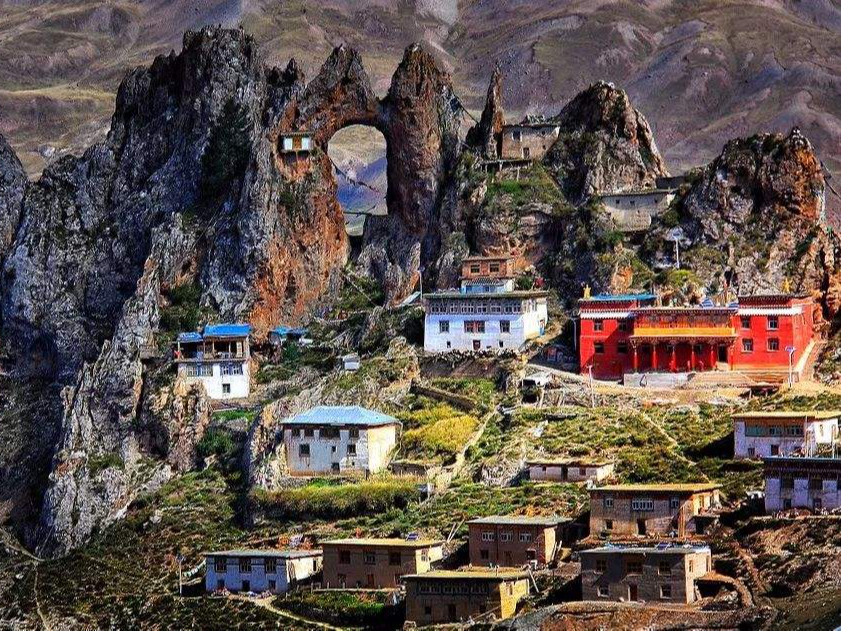
Buddhism's remoteness from the world has made many temples built in remote and dangerous mountains. The seemingly precarious buildings can stand for thousands of years, but I have to lament the great wisdom of the ancients. These six dangerous temples will definitely let you Amazed!
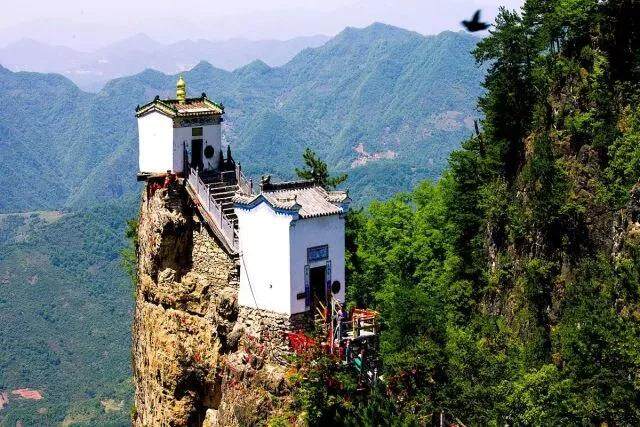
Tayun Mountain Golden Summit Guanyin
Tayunshan Golden-top Guanyin Temple is known as the most dangerous Taoist temple in the world, whether it is in terms of craftsmanship or construction difficulty, it can be described as a supernatural workmanship.
The volley is leaning above the ten thousand ren cliffs, hanging on three sides in the abyss of ten thousand meters, with 4 stone pillars inserted into the stone cracks, just like a fairy landscape on the clouds.
Although the Guanyin Temple is less than 6 square meters, the height of the mountain top of more than 1,600 meters is enough to make it immortal and domineering!
Climbing this golden roof, you have a feeling of traveling in the heaven, and you can see all the beautiful scenery under the mountain.

Hunyuan Xuankong Temple, Shanxi
According to records, the Xuankong Temple was built in the late Northern Wei Dynasty. It was designed and built by a monk named Ran Ran. It has a history of more than 1,500 years and is the only remaining temple in China that combines Buddhism, Taoism and Confucianism.
Thousands of years of vicissitudes have caused the Xuankong Temple to suffer many earthquakes, but it is safe and sound, and it is selected as the world's ten most unstable buildings by the famous international weekly magazine Time.
Although it appears to outsiders to be supported by more than a dozen standing trees with a thick bowl, in fact, the standing trees under the road can be easily shaken and have no support at all. When the Hanging Temple was built, these wooden stakes were actually There is no.
It is the 27 cantilever beams that really support the weight. These cantilever beams are made of the local specialty hemlock. They are hard in texture. They have been soaked in tung oil before use to prevent corrosion and insects.


The Yongzhong Bon religion on the top of the snow-covered mountain-Zizhu Temple
In Dingqing, Qamdo, there is a monastery that even Tibetans are unfamiliar with. Many people only hear the name but don’t know where it is. It is one of the highest monasteries in Tibet. It is also the largest and most worshipped temple in Tibet. Teach monastery.
Due to historical reasons, Bon religion, the primitive religion that once held the political and religious power in Tibet, had to give way to Buddhism and hide in remote places. This made Dingqing the most influential area with the most Bon temples and believers. .
Ding Zhenyoseer, the living Buddha of Zizhu Temple, once said: "Zizhu Temple is not accessible to ordinary people, except for very destined people..." Even local Tibetans rarely go to Zizhu Temple because of it. Too remote and steep.
In the past, it took more than half a day to ride a horse from the foot of the mountain to the top of the mountain. Now, although a simple road has been built to reach the temple, it can only be used when the weather is good.
Zizhu Temple also has a celestial burial platform of comparable scale, and the celestial burial here is not allowed to be viewed by outsiders.
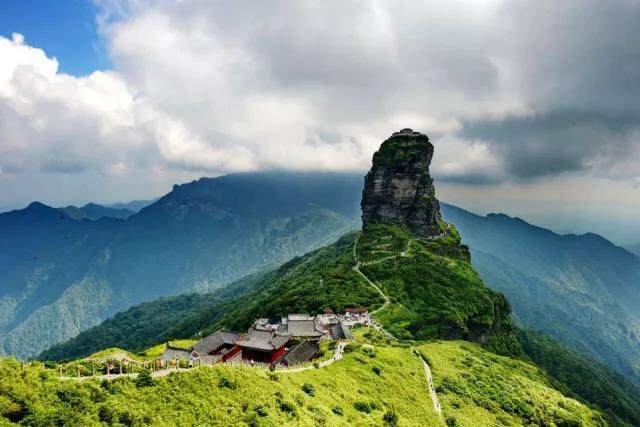
Fanjing Mountain Golden Top
The Golden Summit of Fanjing Mountain is the highest peak of the Wuling Mountains. Looking out over the Golden Summit, it looks like a steaming rice dumpling in a farmhouse, and like a huge exclamation mark towering high in a sea of clouds. It is extremely dangerous.
A flyover over the Golden Peak flies over two mountains, and there is a temple on each side, which enshrines the Buddha (the present Buddha) on one side and the Maitreya Buddha (the future Buddha) on the other.
It was a famous Buddhist mountain in the Ming and Qing dynasties. Every year, people come here to burn incense and worship Buddha.
Due to the steep rise of the mountain, the wind direction changes greatly, and the vertical updraft is obvious, so the wind and clouds are fantastic and become another great wonder of Fanjing.


Incense Burner Temple, Jiaxian County, Shaanxi
The incense burner temple is named after the huge rock under the mountain that resembles an incense burner.
The temple pavilion is only a few meters away from the outermost cliff of the Stone City. It stands alone on a huge boulder with a circumference of about 15 meters and is connected to the Stone City by a small wooden bridge.
This small temple built in the Ming Dynasty, in the land of Yangyang Buddhism in China, can be said to be insignificant, but like a pearl and a diamond, it is eye-catching.
Looking towards the southwest from the Xianglu Temple, a lion head boulder stands abruptly, because there is nothing around it, only this boulder stands, just like a flying stone from the sky, because it is also called a flying stone.


Shuangta Mountain, Chengde, Hebei
The two thousand-year-old pagodas are located in the southwest of Chengde City. There are two huge rock pillars lined up there. The rock pillars are tall and steep, and there is a brick tower on the top of the two pillars, so the two rock pillars are named Shuangta Mountain.
In the Qing Dynasty Ji Xiaolan's "Yuewei Thatched Cottage Notes" mentioned Shuangta Mountain. He wrote in the book that in the 55th year of Qianlong Emperor Qianlong had ordered a guard to build a wooden ladder and climbed to the top to view it.
The North Peak is thicker, while the South Peak is thicker and thinner, and looks a little shaky. The two pinnacles are all steep cliffs on all sides, which are unattainable. In modern times, no one has successfully climbed to the top with human power alone. Editor/He Yuting
Comment
 Praise
Praise
 Collect
Collect
 Comment
Comment
 Search
Search



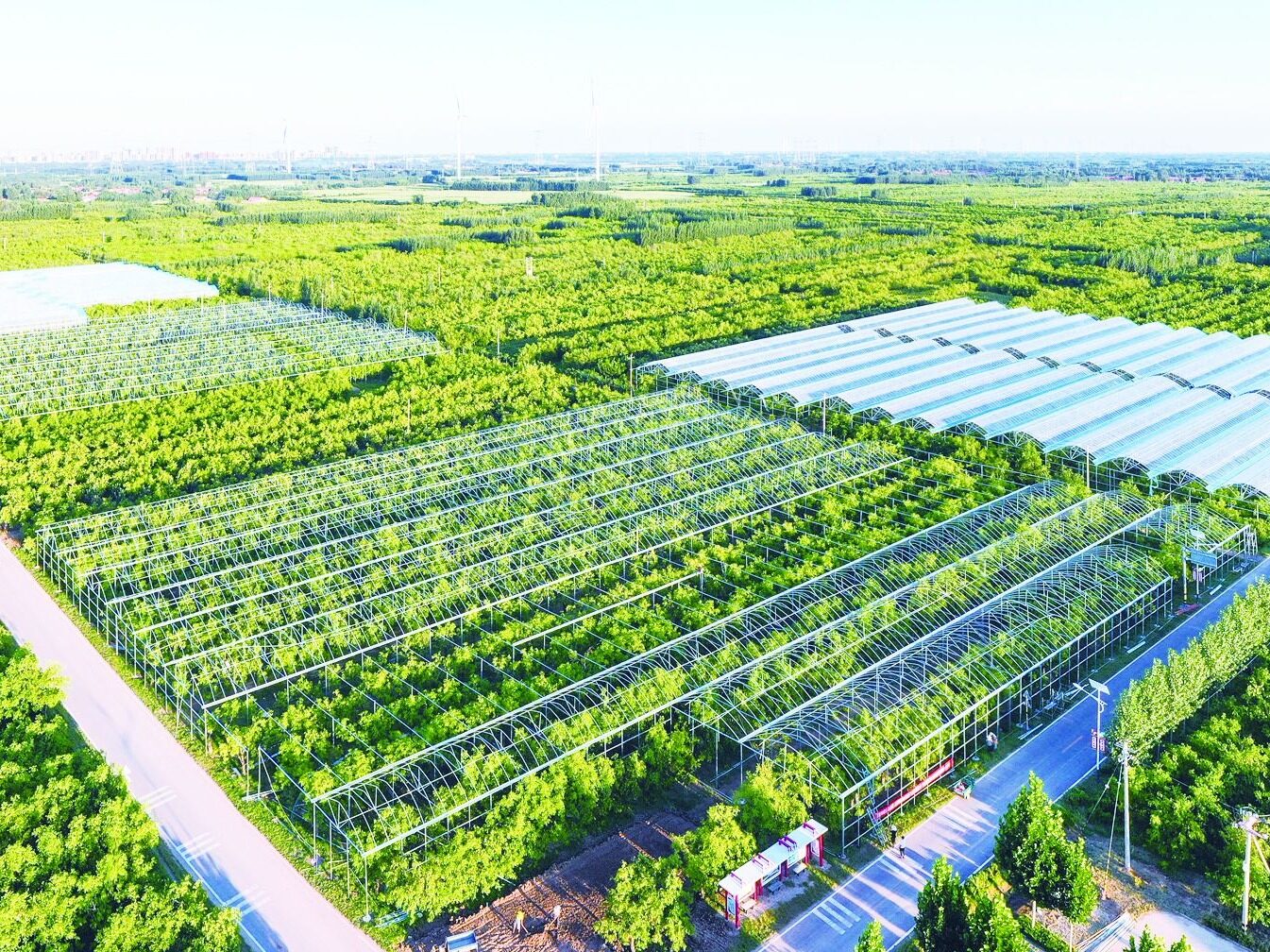


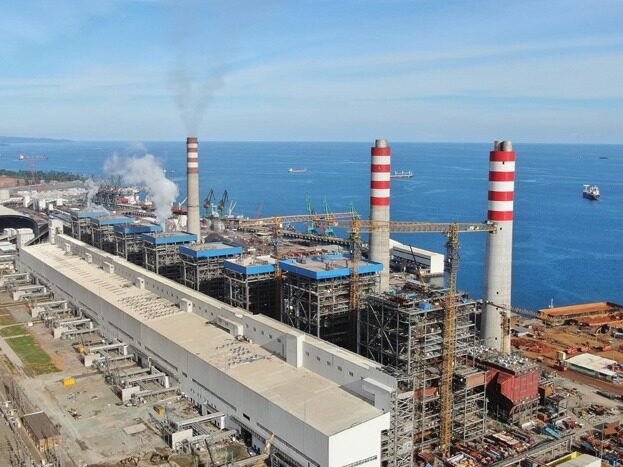







Write something~